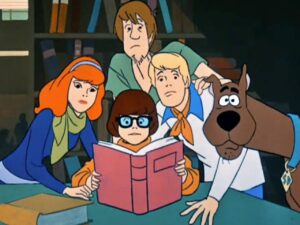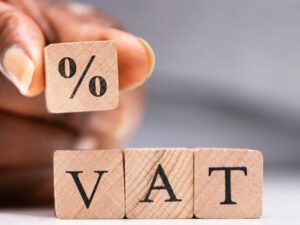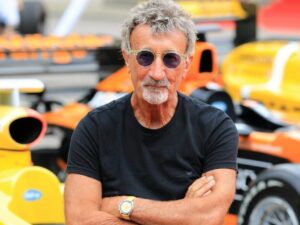[imagesource: Virgin Galactic]
Richard Branson, onboard his Virgin Galactic spacecraft, made history by flying 53 miles (86 kilometres) up to the edge of space for four minutes of weightlessness on July 11.
Millions tuned in to watch, and the trip appeared to be a success. Until recently, at least.
The New Yorker’s Nicholas Schmidle wrote an article that tore into Virgin Galactic, with alarming new information to suggest that the flight did not at all go as planned.
Gizmodo has condensed that article’s findings, and it seems the company was more concerned with making sure that Branson would be the first billionaire in space (before Jeff Bezos, who was scheduled to fly up nine days later) than it was about properly implementing real safety protocols.
During its ascent, the VSS Unity went off course, flew in unsanctioned airspace, and failed to reach its intended trajectory, which risked a potentially perilous descent and landing.
Schmidle got the lowdown from eight anonymous people who are “knowledgeable about the program”.
Included are Dave Mackay and Mike Masucci, both Virgin Galactic pilots, who noticed a problem as soon as multiple warning lights illuminated their console during the flight.
Questions are now being raised about how safe it would be for passengers to go into space with the company once commercial flights begin.
At $250 000 (roughly R3,5 million) a ticket, you would expect safety to be paramount.
But it looks like a “questionable safety culture” at Branson’s company is rather rife.
…the warning light turned red at the very tail-end of the one-minute engine burn. The red light was an “entry glide cone warning,” which Schmidle described as a “big deal.”
…The ship was flying at the wrong angle, which also meant it flew outside of its cone, and by virtue of this, outside of the Federal Aviation Administration’s mandated airspace for the mission. That’s not good, as the ship could’ve entered the path of another aircraft.
While Virgin Galactic failed to mention this to the FAA, the organisation figured it out and are now opening an investigation.
Multiple sources said the best and safest response would have been to abort the mission completely but a company spokesperson “disputed this contention”.
Virgin Galactic is adamant that safety is a top priority, adding that:
“Our entire approach to spaceflight is guided by a fundamental commitment to safety at every level, including our spaceflight system, our test flight program and our rigorous pilot training protocol.”
Obviously, the company also characterises the flight and all the alarming issues in a totally different way.
They blamed “high altitude winds” for changing the spacecraft’s trajectory, and said that the pilots “responded appropriately…as they have been trained and in strict accordance with our established procedures”:
Virgin Galactic says it’s confident it has “the right safety culture, policies and processes in place to build and operate a safe and successful business over the long term.”
But they don’t have a good track record, with a history of tragedy (one pilot died in a 2014 flight test) and near-misses, which suggests otherwise.
The fact that Virgin Galactic’s former vice-president of safety and testing resigned from his position due to the “company’s disappointing safety culture” also speaks volumes.
[source:gizmodo]





